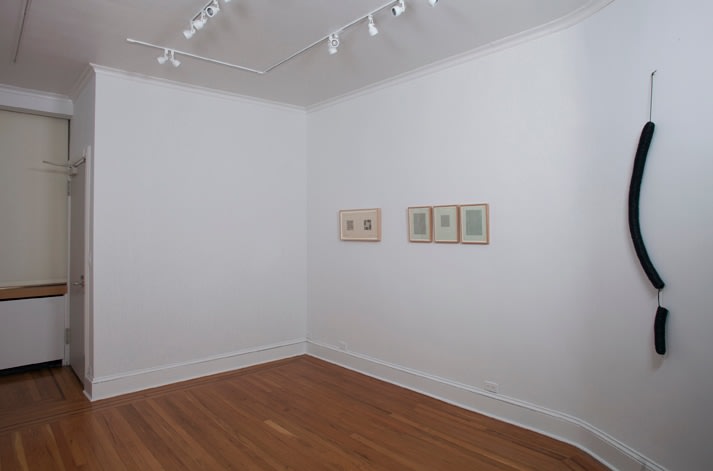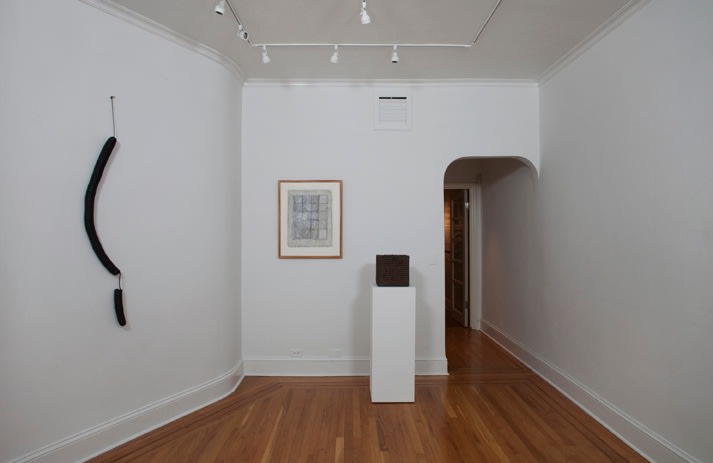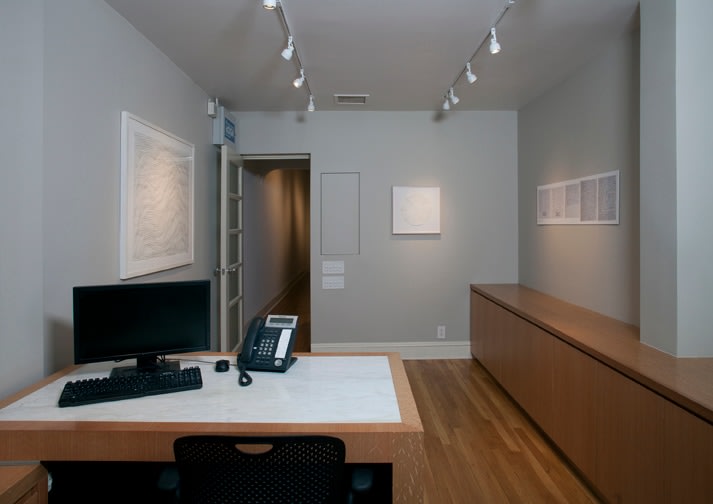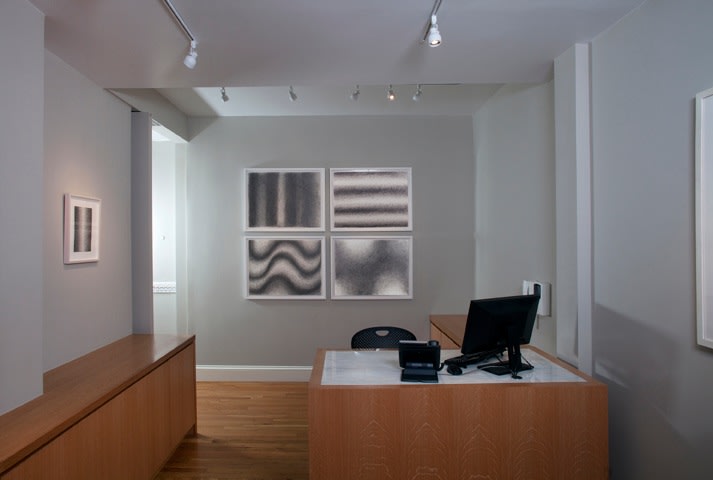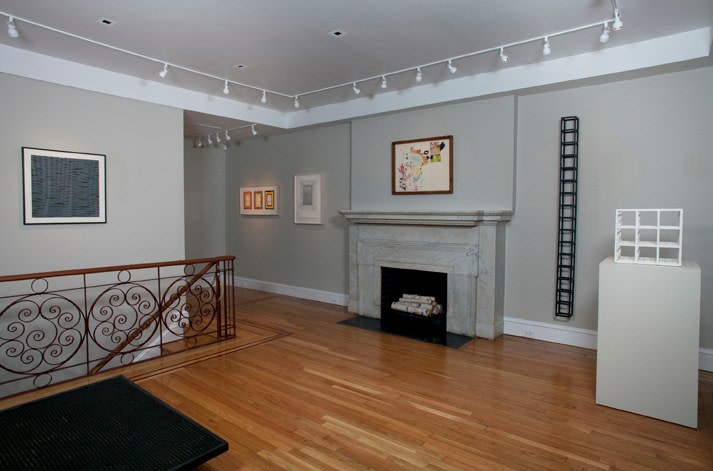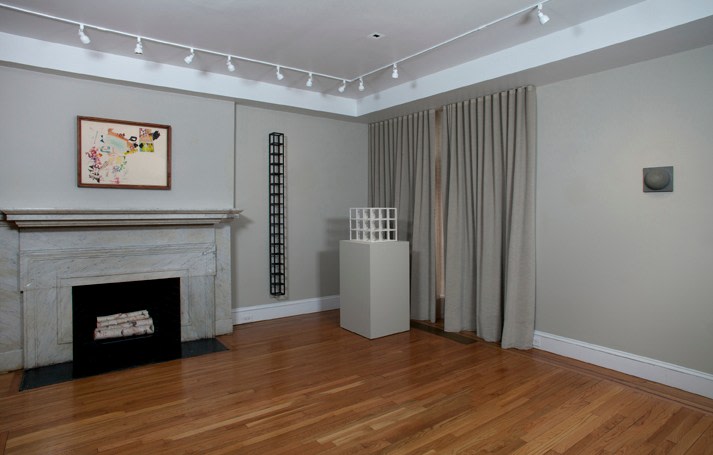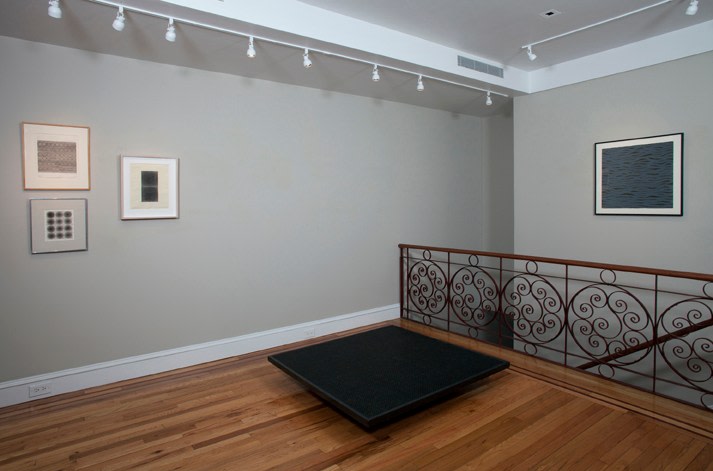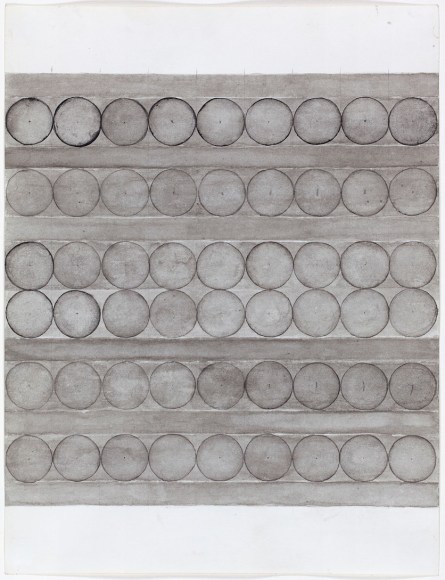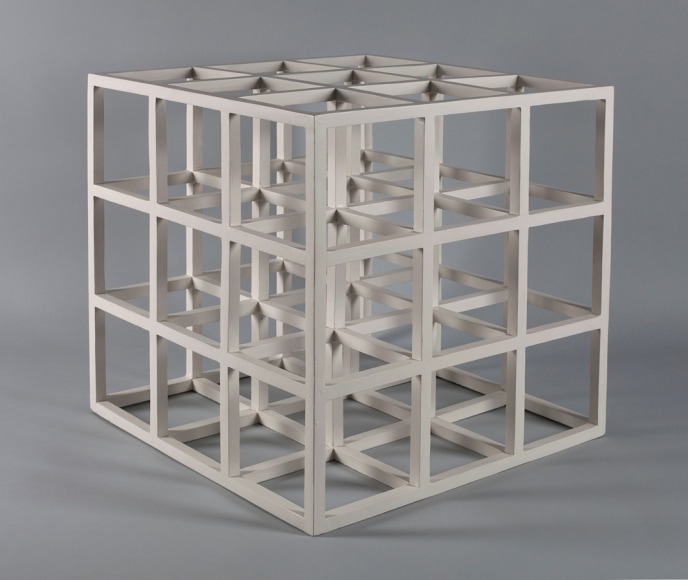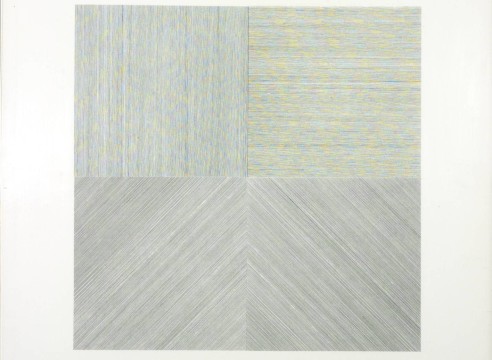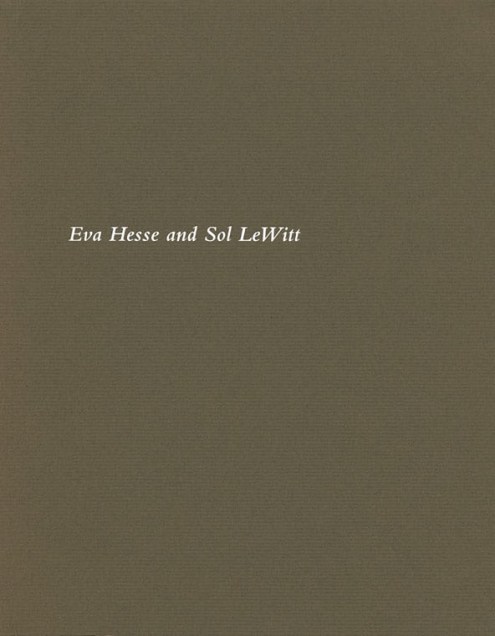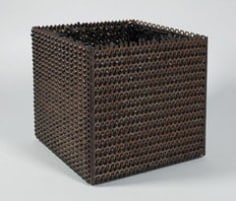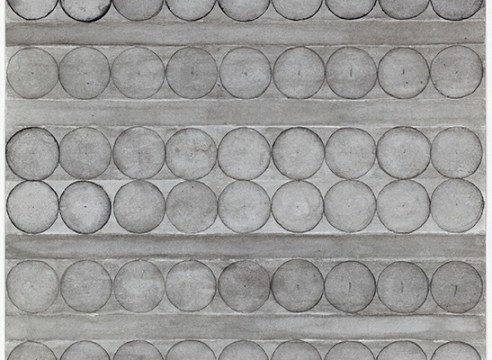
NEW YORK – Craig F. Starr Gallery is pleased to announce the opening of Eva Hesse and Sol LeWitt. The show, which runs from April 12 to May 27, is the first exhibition to examine the close decade-long friendship between Eva Hesse and Sol LeWitt and the crucial impact it had on their art. Although their art is often described in antithetical terms - Hesse's work associated with process and the body, Lewitt linked to conceptual art and the mind - their influence on each other's art was reciprocal and profound. While Hesse's debt to Minimalism and reimagining of its motifs has been written about extensively, the show illuminates, in particular, how Hesse's approach to marking art shaped LeWitt's practice in significant ways.
Approximately one-third of the works in the exhibition are gifts the artists gave one another during the course of their friendship, which precisely spanned the decade from 1960 to 1970. Highlights of the exhibition include two pencil wall drawings installed especially for the exhibition, including Wall Drawing #46 (1970) from the LeWitt Collection. The first wall drawing LeWitt made incorporating "not straight lights," the work consists of not straight, not touching vertical lines covering the entire surface of the wall. Created in Hesse's honor shortly after her death, its serpentine lines invoke the irregular contours that were a hallmark of her art. LeWitt later explained, "I wanted to something at the time of her death that would be a bond between us, in our work."
As the show reveals, Wall Drawing #46 represents more than an isolated tribute to a friend. The not straight line became a key motif of LeWitt's lexicon for the remainder of his career; he incorporated it in nearly one hundred wall drawings and in countless works on paper. It led to the development of significant bodies of other work including his wavy line gouaches, Loopy Doopy wall drawings, the Scribble wall drawings and related works on paper, which are also represented in the exhibition.
Among the nine drawings and three important sculptures by Hesse included in the exhibition are Accession V (1968), a 10-inch metal cube perforated with small holes that Hesse hand-threaded with black rubber tubes, transforming the quintessential Minimalist cube into an evocative form. One of the first series of sculptures Hesse made in collaboration with an outside fabricator (adopting a practice frequently employed by LeWitt and other Minimalist peers), it demonstrates how Hesse invoked Minimalist precedents only to undo them and reinterpret them as her own.
The importance of Hesse and LeWitt's bond manifests itself both through the dialogue between their works in the exhibition and on a more personal level in the remarkable letter LeWitt wrote Hesse in 1965, which is featured in reproduction in the show and illustrated in the catalogue.
The exhibition is curated by Veronica Roberts who first worked with LeWitt when she coordinated his 2000 retrospective for the Whitney Museum of American Art, New York. She is currently Director of Research for the Sol LeWitt Wall Drawing Catalogue Raisonné, to be published digitally by Artifex Press, and Adjunct Associate Curator of Contemporary Art at the Indianapolis Museum of Art.
Eva Hesse and Sol LeWitt is comprised of loans from the LeWitt Collection, Fonds régional d'art contemporain de Picardie, and several private collections. A fully-illustrated catalogue, with an essay by Roberts, accompanies the exhibition.

